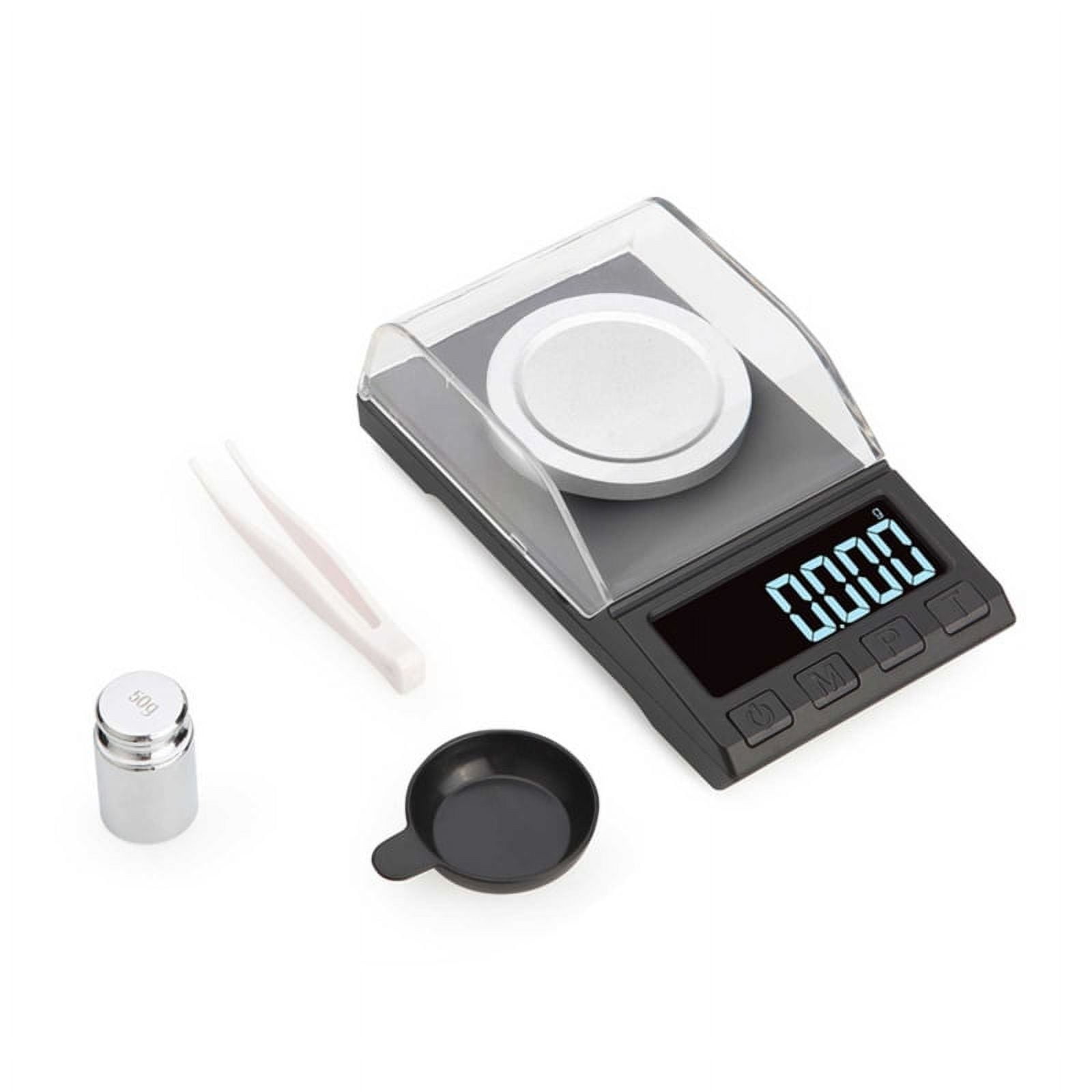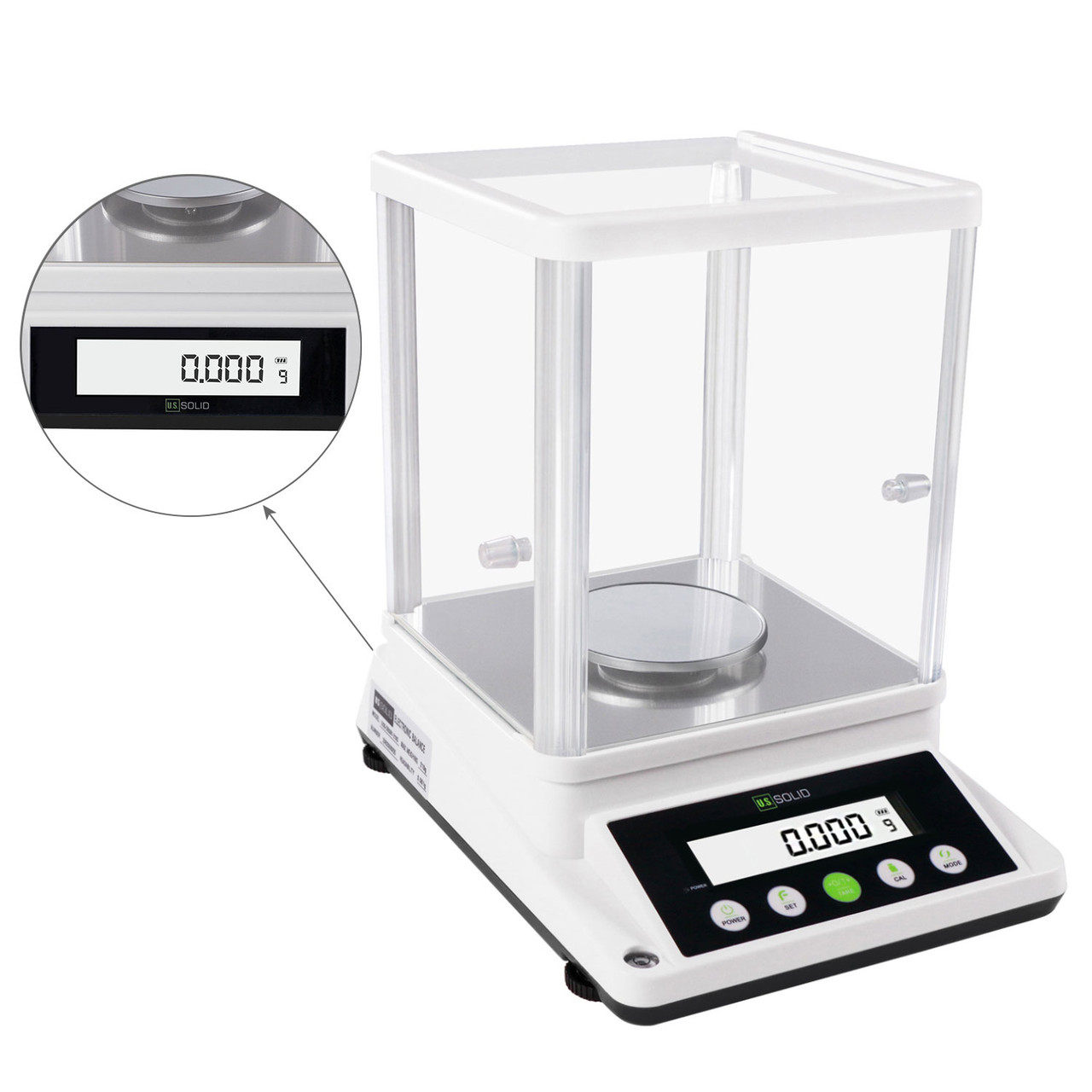Development of the Myasthenia Gravis (MG) Symptoms PRO: a case study of a patient-centred outcome measure in rare disease, Orphanet Journal of Rare Diseases
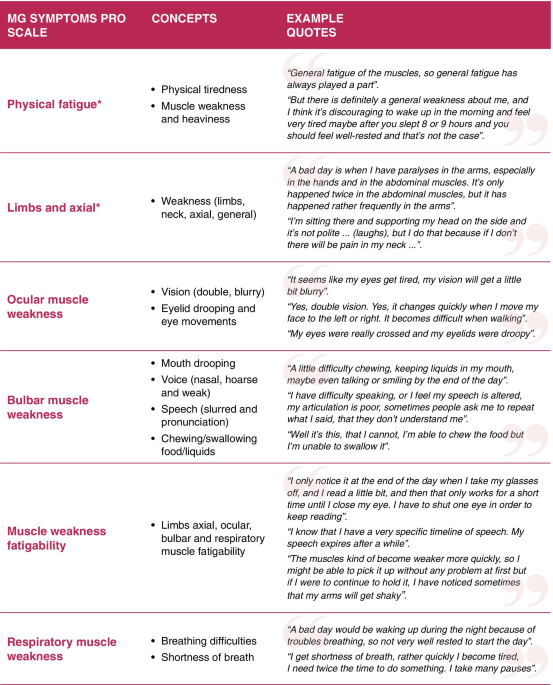
Development of the Myasthenia Gravis (MG) Symptoms PRO: a case study of a patient-centred outcome measure in rare disease, Orphanet Journal of Rare Diseases
Background Myasthenia gravis (MG) is a chronic autoimmune neuromuscular disease, characterised by fluctuating muscle weakness which makes it challenging to assess symptom severity. Mixed methods psychometrics (MMP), which combines evidence from qualitative research and modern psychometrics, is a versatile approach to the development of patient-centred outcome measures (PCOM) in the context of rare disease. Our objective was to develop the MG Symptom patient-reported outcome (PRO) to assess key aspects of MG severity from the patient perspective. Methods We used MMP to develop a novel PRO instrument in a multi-step process. An initial conceptual model for MG patient experience was developed and expanded based on preliminary literature review and two waves of concept elicitation interviews with people with MG (Step 1). Based on this, the novel PRO instrument, the MG Symptoms PRO, was drafted. The draft instrument was refined by combining qualitative and quantitative data collected in a Phase 2 clinical study (Step 2). Results Findings from the literature review and concept elicitation interviews (n = 96) indicated that patient experience in MG includes proximal muscle weakness symptoms related to several body parts, along with muscle weakness fatigability and general fatigue. Then, a set of 42 items across five scales (ocular-, bulbar-, and respiratory muscle weakness, physical fatigue, and muscle weakness fatigability) was developed. Qualitative evidence endorsed its relevance, clarity, and ease of completion; quantitative analysis with Rasch measurement theory methods demonstrated strong measurement properties, including good targeting and high reliability. Classical test theory analyses showed adequate reliability of the instrument and mild to moderate correlations with other widely used MG-specific outcome measures. Conclusions The MG Symptoms PRO has potential to be used both to measure treatment benefit in clinical trials and monitor symptom severity in clinical practice. Its component scales were purposefully designed to stand alone, enhancing interpretability of scores given the heterogeneity of MG, and enabling modular use. Compared with existing MG PROs, it contains more detailed assessments of muscle weakness and muscle weakness fatigability symptoms, which are of key importance to people with MG. The MMP approach used may serve as a case study for developing PCOMs across rare disease indications.
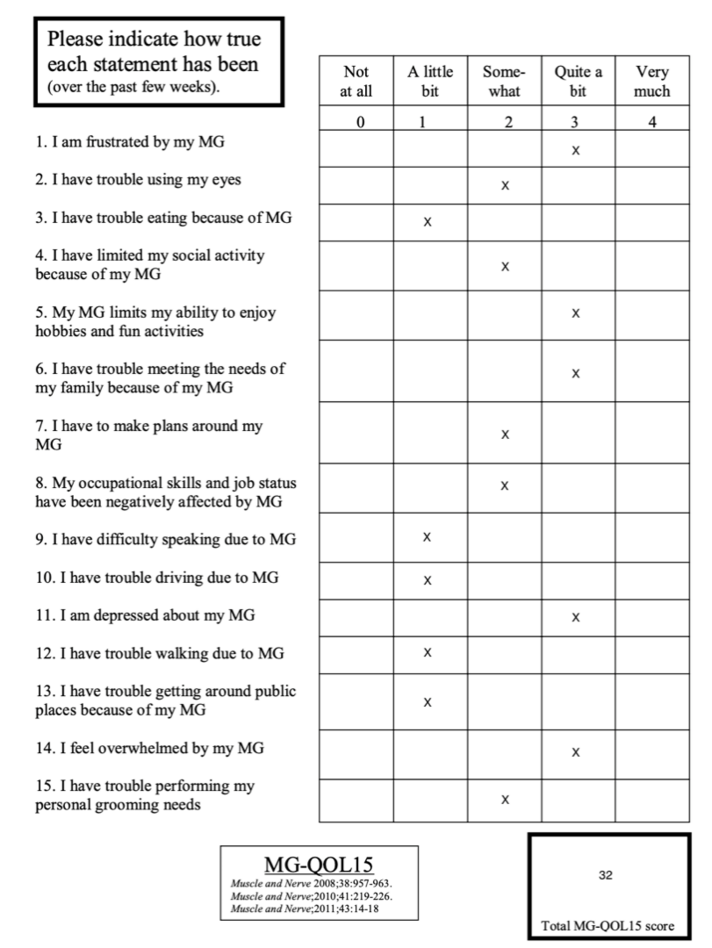
Myasthenia Gravis: Case Study - Physiopedia

Autoimmune myasthenia gravis: emerging clinical and biological

Solved Case Study Myasthenia Gravis Chapter 58 Patient
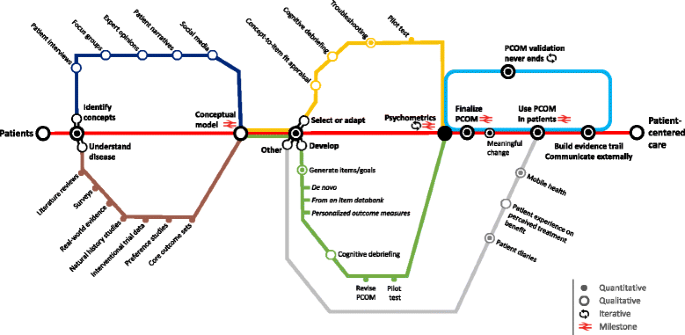
Measuring what matters to rare disease patients – reflections on
:max_bytes(150000):strip_icc()/how-myasthenia-gravis-is-diagnosed-5189296_final-ce1b04adf6c14ad68d555ebe838180c3.jpg)
How Myasthenia Gravis Is Diagnosed
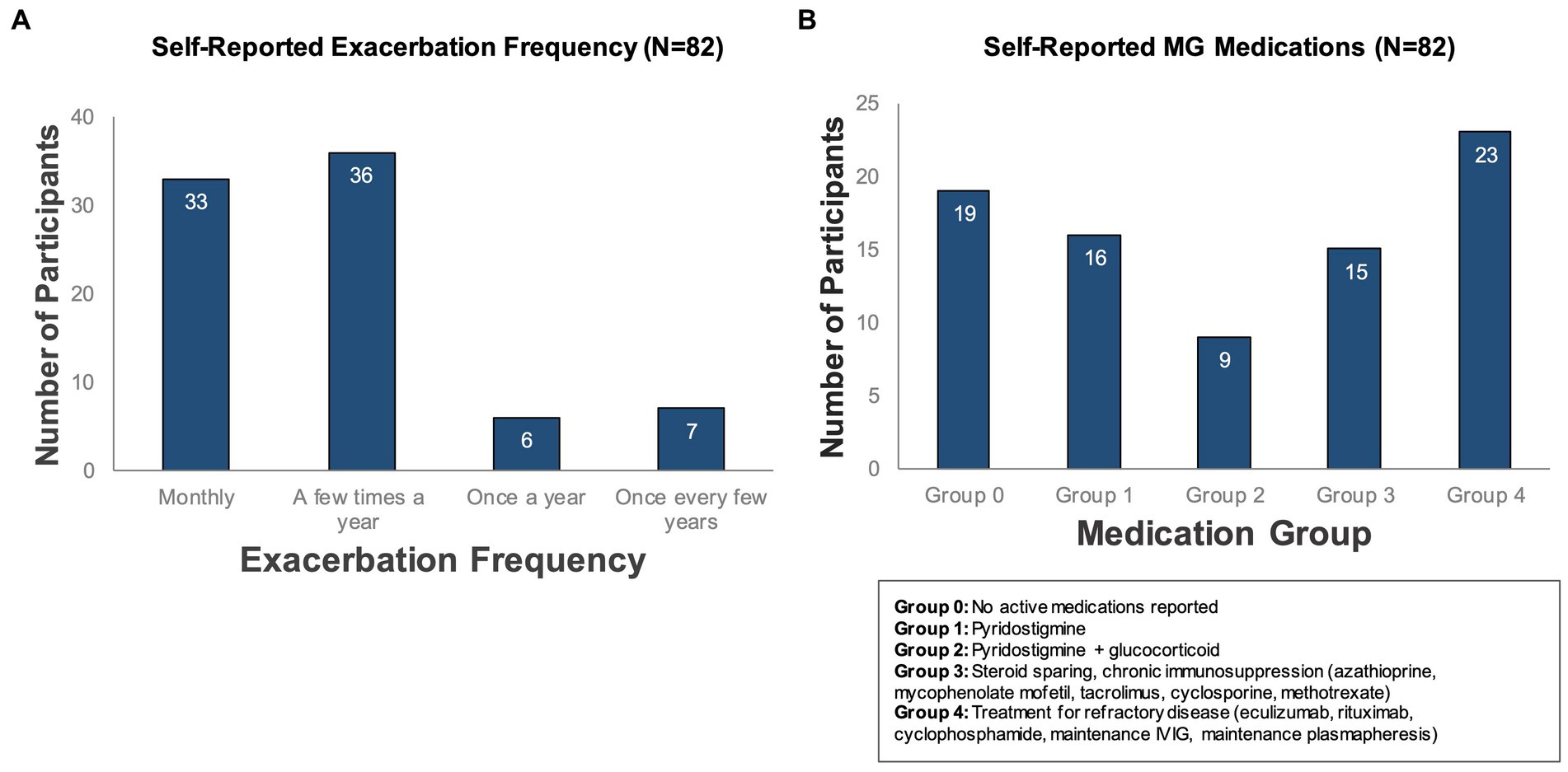
Frontiers A decentralized, prospective, observational study to

Addressing Outcome Measure Variability in Myasthenia Gravis

MG Symptoms PRO Tool Aims to Focus on Those Most Affecting Patients

Addressing Outcome Measure Variability in Myasthenia Gravis

Safety and efficacy of rozanolixizumab in patients with
